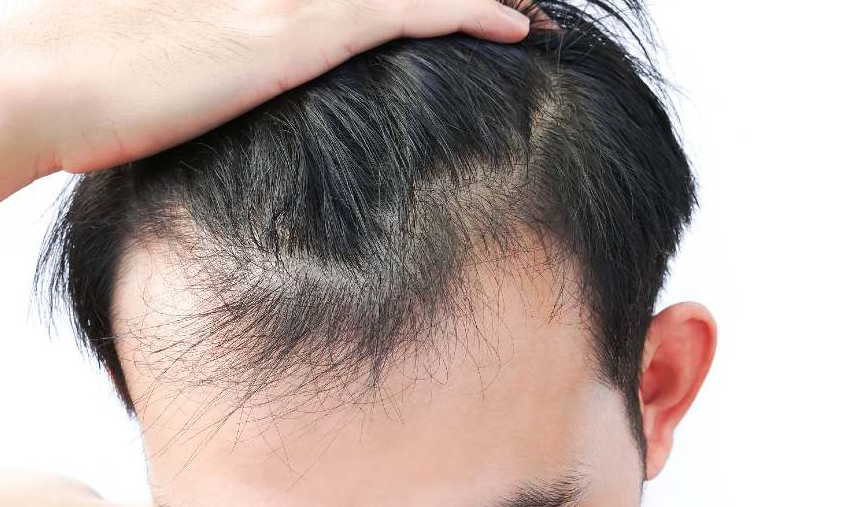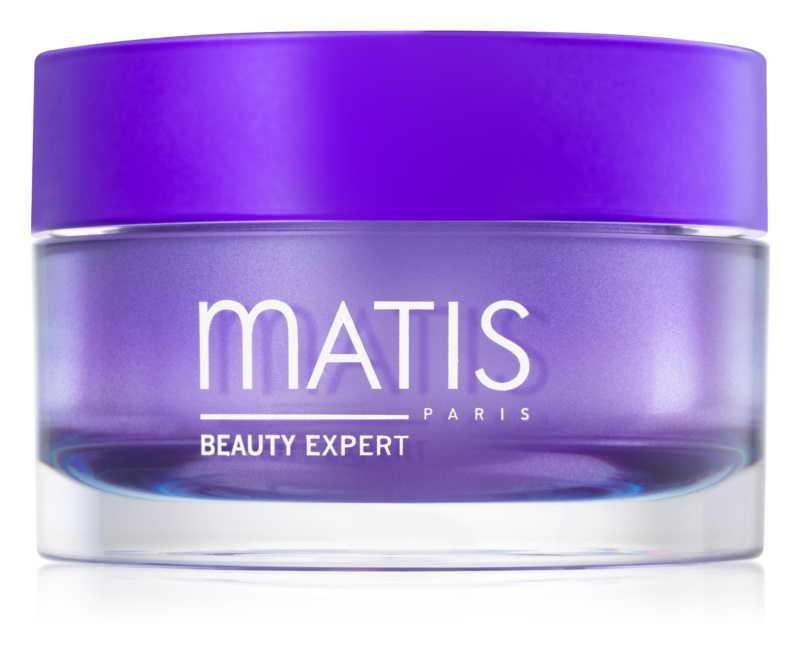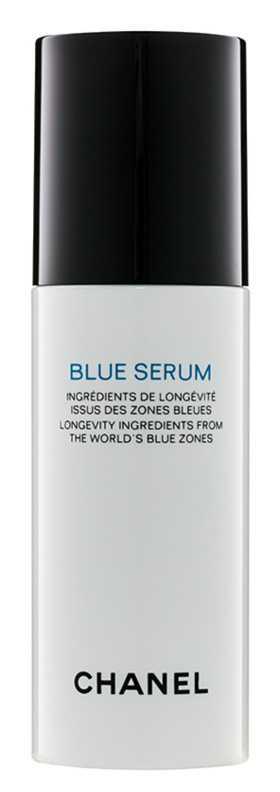
Every third man aged 25-40 begins to go bald. It is worth taking action early to save as much hair as possible. We present effective methods for male pattern baldness.
After the age of 50, it is about 20 percent. hair. Alopecia can be hereditary, but it can also be caused by hormonal disorders, certain chronic conditions, medications, poor nutrition, smoking and stress. Alopecia is treated by dermatologists or trichologists - specialists in scalp and hair diseases.
80% of alopecia cases are genetic. Hypersensitivity to testosterone is also inherited along with the hair loss gene.
When should you report a problem to a specialist? When you notice that your hair falls out in large amounts and becomes very frequent. Do a simple test to spot the problem: put both hands in your hair as if you want to comb it and pull it out. Repeat this several times. If you have 2-3 hairs left in your hands after each stroke, see your doctor.
Cosmetics helpful in the treatment of baldness
When the hair begins to thin, it is worth using hair conditioners that contain keratin, proteins, vitamins A, B6 and E, as well as zinc and copper. Zinc is responsible for the condition of the hair follicles and prevents their weakening. This element plays an important role in maintaining an adequate level of fat in the scalp, which is especially important in combating dandruff. Preparations supporting the maintenance of lush hair should additionally contain placenta cells (extract from the animal bed) and cystine - an amino acid that provides sulfur needed to build the hair. The first effects of the treatment can be expected after 2-3 months. Cost - approx. $160 per month.
Drug treatment for male baldness
In the treatment of androgenetic alopecia, tablets are often used to block the conversion of testosterone into DHT (baldness promoting hormone). Prescription drugs usually contain minoxidil or finasteride. Medicines are effective but can have side effects such as sexual dysfunction. The effects will appear after about 3 months of uninterrupted treatment. The cost of the tablets is about $150 per month.
Laser treatments for alopecia
If you don't get a good effect after a few months, consider laser treatments. The therapy improves blood circulation, which increases hair growth. To achieve visible results, the treatment should last a year, and then monthly for maintenance treatments. Treatment is painless. A series of 10 irradiations costs about $800.
Mesotherapy stimulates hair growth
Mesotherapy is injecting the skin with substances that are used in rejuvenating treatments. Medicines for scalp mesotherapy are selected individually, incl. on the basis of the trichogram, i.e. microscopic evaluation of hair collected from five areas of the head. The preparation with thin needles is introduced into the hair follicles and thus stimulated to work, which results in hair growth. One treatment costs $100-250 (4-6 are needed).
Hair transplant as a last resort
When other methods fail, there is still hair transplant. The procedure involves taking hair strands (usually from the back and sides of the head) and implanting them in a new place. The strands are divided into microscopic fragments and placed where the hair has thinned. During one treatment, approx. 2 thousand. pieces of skin (each with four hair follicles) that are inserted into microscopic skin incisions. The procedure takes 2 to 5 hours and is performed under local anesthesia. The effect is permanent, and when the hair grows back, it resembles natural hair. You have to pay for a transplant from several to over a dozen thousand.





